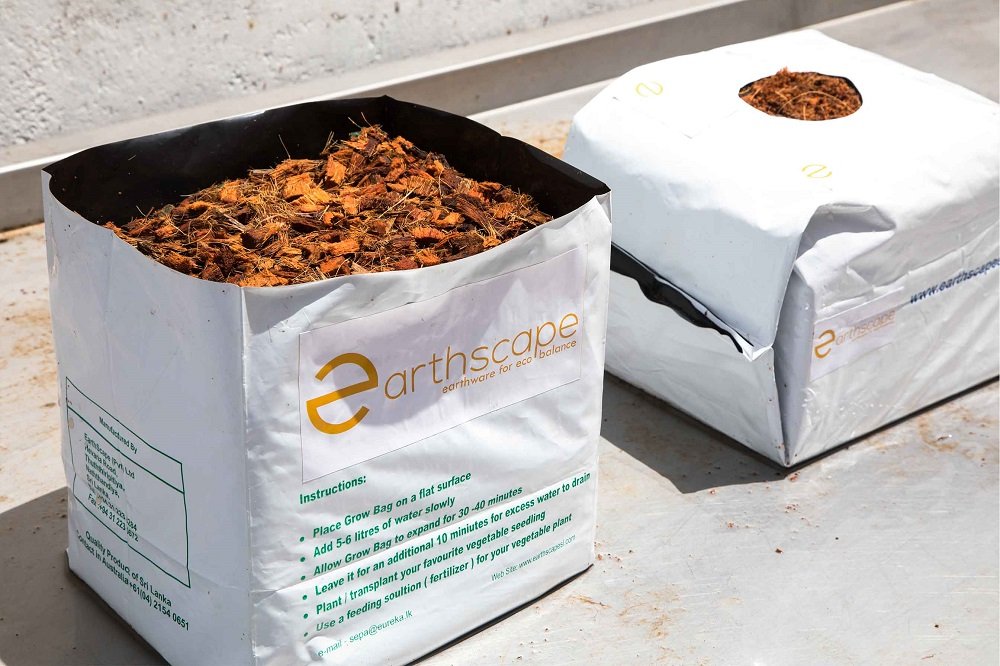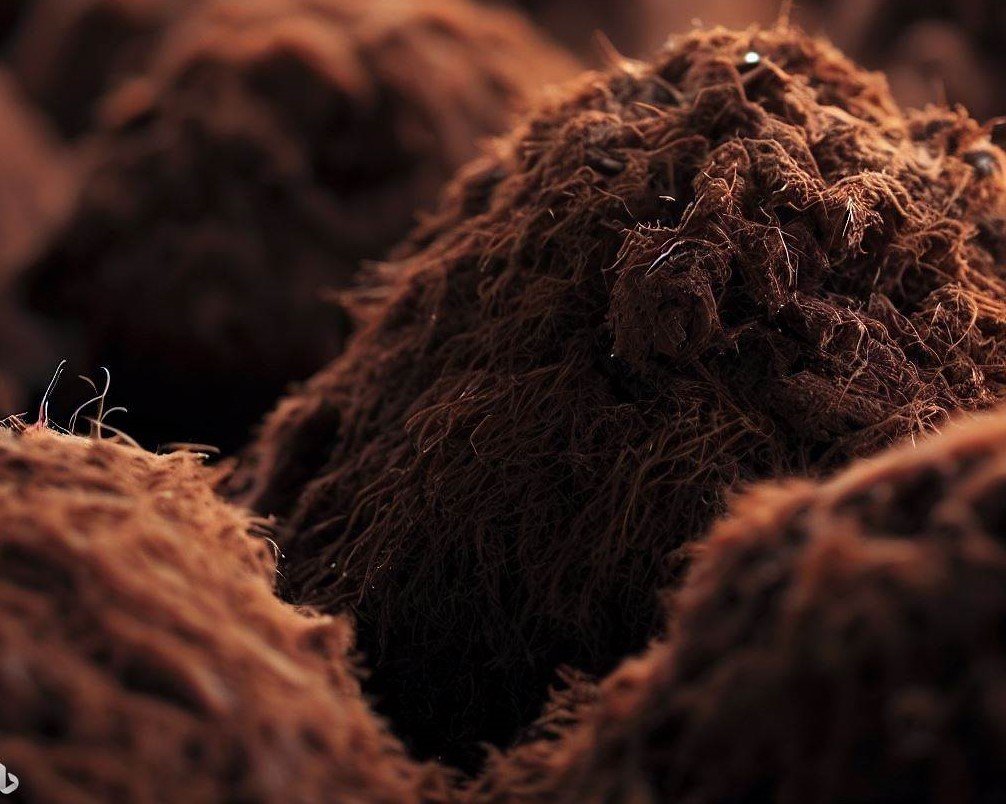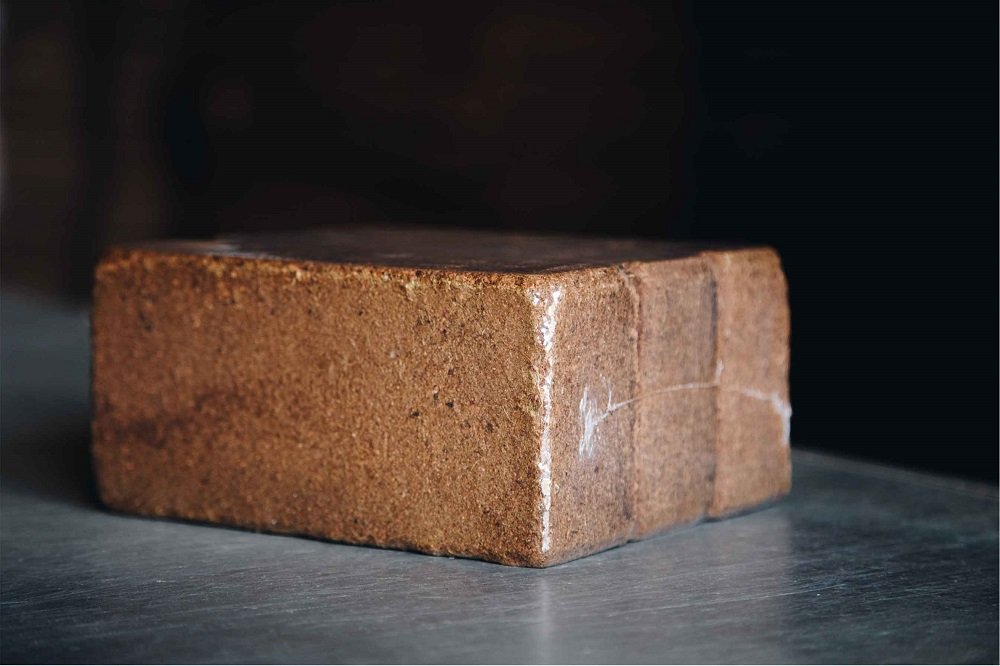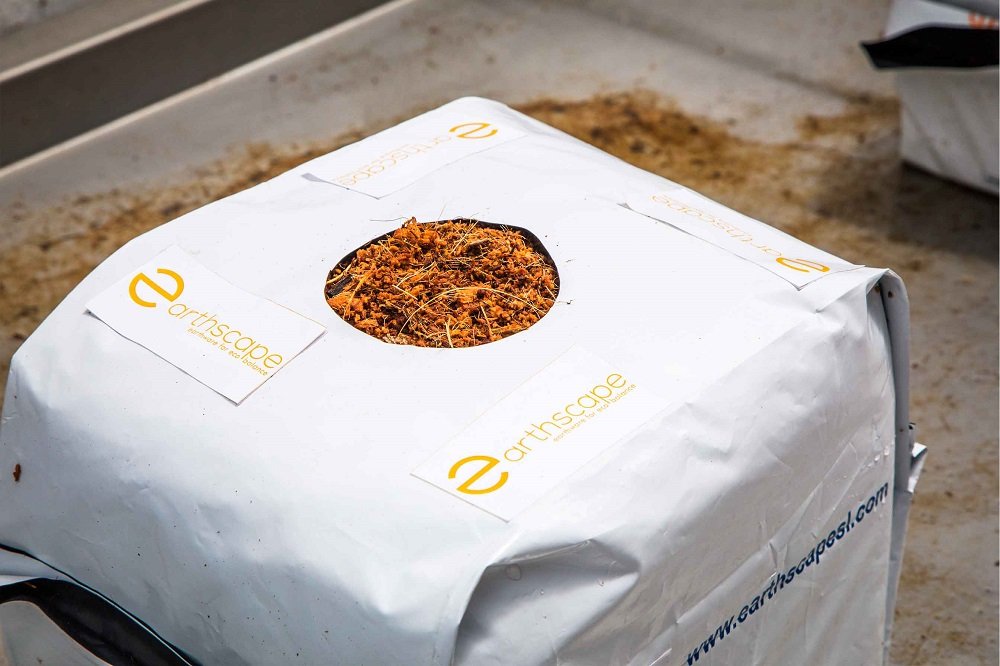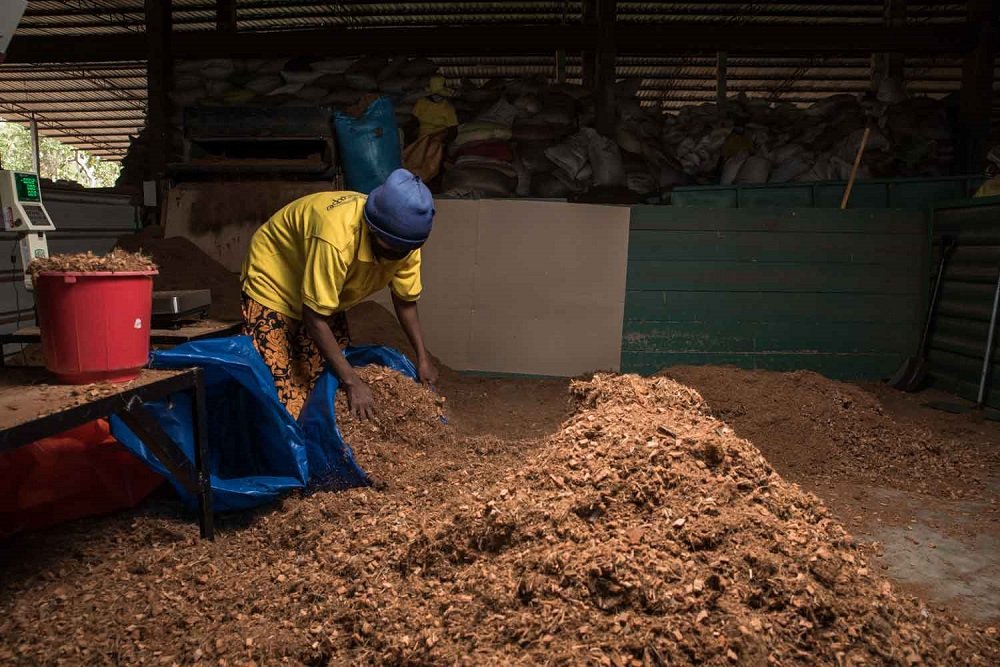Looking how to plant in a coir grow bag? Check this complete guide to learn.
Coir Grow bags are very much popular not just among those having small gardens, and indoor plantations, but also in vast and expanded commercial and industrial plantations, agricultural and horticultural related projects.
Coir Grow bags are known as plastic bags or can be also made as fabric bags come in different sizes and shapes and these bags are filled with soil and potting mixtures.
Growing plants in grow bags look very cute and productive which ready to offer better and efficient results while adding some beauty to your compound, doesn’t matter the size of your plantations.
What makes grow bags very much popular is they don’t need ample space for plantations. The shallow depths contained with nutrient soil and potting mixtures are just perfect to offer you amazing results. Also, compared to other growing methods plant in grow bags are very economical.
It doesn’t cost much and you can get more productivity for a reasonable price. Also, the use of grow bags are known as a environment friendly and biodegradable solution.

The wastage is very very much low and another benefit that you can get by grow bags is they are reusable and renewable. You can reuse the mixture for considerable time as the productivity of a grow bag will not refused.
To get the better results from grow bags it is important to chose the right as well. Because the growing medium contains in grow bags would be different from each depending on the quality of the ingredients that you chose to make the mixture can be different from each.
The high quality ingredients and the standards of the ingredients you choose are highly effective for the results that you get from a grow bag.
Coir Grow bags are most chosen to plant the crops with shallow roots. This is what making the grow bags ideal for balconies, mini plantations and indoor plantations. Yet, you can also use grow bags to grow your favorite plant or seeds, and then when it becomes more bigger you may remove the cover and grow it in somewhere ideal to let the plant to grow freely with a bigger space.
Hence, you have to be more careful when choosing the right mixture. Also, choosing the right growing medium, get the right grow bag, choosing the right seed or plant, the way that install the plant, and the procedure of taking care it, and the way that you take care the plant highly matters for the productivity that you can get from the particular grow bag.
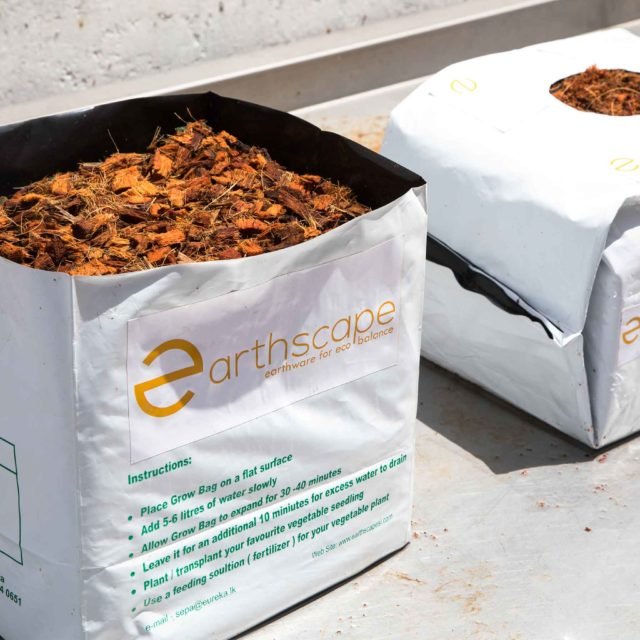
The most interesting fact about the grow bags are they are lightweight and portable which is easy to move here and there while not taking considerable space to offer the results. Most are facing challenges in choosing the right grow bag and the container for the plant. Using grow bags will offer you better solutions for easy plantations.
Grow bags are very much suitable for both indoor and outdoor plantations and for the giant industrial plantations and so as for the small garden with less space.
Using grow bags are also very much useful for the plant as well. The excellent drainage and the aeration will get more robust roots and will protect the plant from excessive water that may accumulate in the surfaces that may rotten the roots, damaging the plant and the refusing the productivity.
Choosing the right grow bags is very much important in giving back the better results. You may find different grow bags for purchasing but check the best match for your plant.
First the size of the grow bag should fit the plant you grow. The materials and the features of the mixtures can also be different from each. And so as you may pre check the size of the grow bag, portability, holes in the bag, and it’s ingredients before buying.
The first steps of preparing a grow bag is chose the right that best match for your plant and need. If it’s for indoor plantations the smaller sizes are better than the bigger for less space they take, Maintain and for the portability.
Once you chose the right grow bag you may line the grow bag and store them with small clay pebbles. The use of clay pebbles is it helps for easy drainage. You may also you Chunky perlites as well.
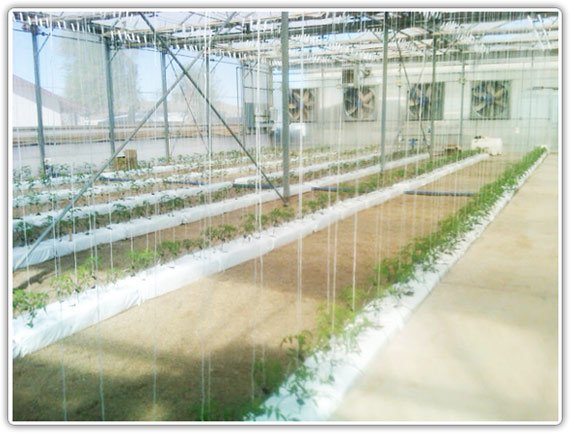
You may put the clay pebbles or chunky perlites until the bottom of the bag get filled. The amount of the pebble layers that you store in the bag depending on the size of the grow bag and what you are planting in it. Yet usually the bottom of the grow bag should cover for about i inch (2.5 cm) with the clay pebbles.
Next step is adding the correct mixture to the grow bag. This is where you are going to store soil. You may get the compost filled soil, solid compost mixtures, compost like gardening soil or even you can make something of your own. A tip for better result is you can do a small homework right before choosing the right soil for the plant. Check what would be the ideal mixture for the particular plant that you grow.
Some of the compost mix soil mixtures are also come by already adding fertilizers. These type of mixtures will also having sufficient nitrogen and potassium content required for the plant grow and better results.
You may will the bag with the soil mixture until it fills. You may shake the bag for awhile till the mixture get settled in the bag and making sure it properly filled. You may loosen up the bag to make sure the soil is equally filled in the bag. You may leave a couple of inches of space from the bag about 5 cm at the top of the bag.
If the grow bag you chose doesn’t have the whole you may pierce the bag to make holes for drainage. The grow bag you purchase may come with holes. The holes to pass out the excess moist and the water.

Next you can place the plant you chose to grow. Better choosing a plant with shallow roots or you may get bigger bags to grow your plant.
You may keep the grow up places with plant where it get enough sunlight for the warmth and the nourishment of the plant.
If you want to take out the plant and grow it in somewhere else you may carefully taken out the plant with the mixture with hands or towel and plant it in somewhere. However better taken off the plant from the grow bags once it’s all settled.
The added mixture will give better results for plants. Therefore, you may chose the grow bags come with right quality. Finding high quality coir grow bags are not so a big deal now as your most trusted Earth Scapes having grow bags with required sizes, quantities and the mixtures.


